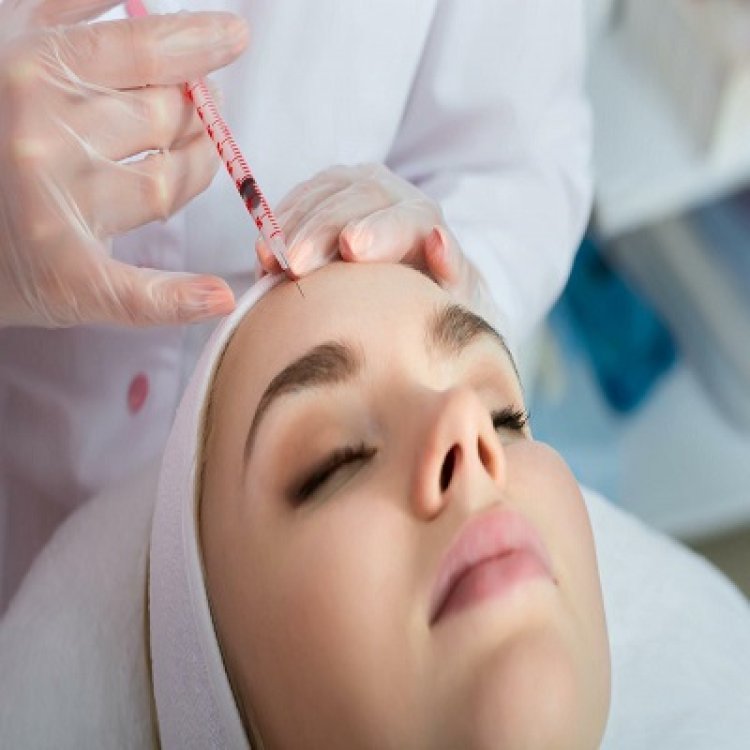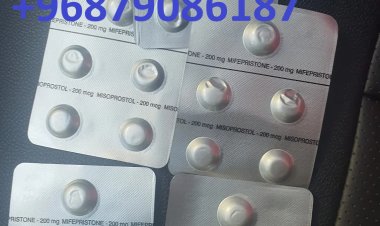What should I avoid after getting Botox?
Discover the cost of Botox in Islamabad, including factors that affect pricing, treatment areas, and expert options. Achieve youthful, smooth skin with professional care.
Share this Post to earn Money ( Upto ₹100 per 1000 Views )

Botox is a widely used non-surgical cosmetic procedure that temporarily relaxes facial muscles to reduce the appearance of fine lines and wrinkles. It is minimally invasive, quick, and requires little downtime. However, to ensure optimal results and avoid complications, post-treatment care is crucial. If you are considering Botox in Islamabad, understanding what to avoid after your procedure is just as important as choosing a skilled provider.
This comprehensive guide outlines the essential post-Botox precautions to take, why they matter, and how following them can help you achieve the best aesthetic outcome.
Why Post-Treatment Care Matters
Botox injections work by blocking nerve signals to specific facial muscles, relaxing them and softening expression lines. While the procedure itself is simple, the neurotoxin needs time to settle properly within the target areas. Improper aftercare can cause the product to migrate, diminish its effectiveness, or lead to unwanted side effects such as bruising, swelling, or asymmetry.
To preserve your results and minimize any risks, it’s important to follow your practitioner’s aftercare instructions diligently.
Key Things to Avoid After Botox
1. Avoid Touching or Massaging the Treated Area
Refrain from touching, rubbing, or massaging the areas where Botox was injected for at least 24 to 48 hours. Physical pressure can cause the Botox to spread to unintended muscles, leading to complications such as eyelid drooping or uneven facial expressions.
Even if you feel mild itching or tightness, it is best not to disturb the skin. If necessary, gently cleanse your face without pressing or applying too much force.
2. Avoid Lying Down Immediately After Treatment
Do not lie down or recline flat for at least 4 to 6 hours after receiving Botox. This precaution helps prevent the neurotoxin from migrating away from the injection site.
Staying upright allows the product to settle correctly and ensures better treatment results. If your appointment is in the evening, plan accordingly to remain upright for the required time.
3. Avoid Strenuous Physical Activity
Avoid exercising, weightlifting, cardio workouts, or any form of intense physical activity for at least 24 hours post-injection. Exercise increases blood flow and body temperature, which can potentially spread the Botox to non-targeted areas or reduce its absorption.
Walking or light movement is acceptable, but high-impact or vigorous activity should be delayed until the next day.
4. Avoid Alcohol Consumption
Alcohol acts as a blood thinner and can increase the risk of bruising and swelling at the injection sites. For best results, avoid drinking alcohol for at least 24 hours before and after your Botox appointment.
If you’ve already consumed alcohol prior to your session, inform your practitioner so they can take necessary precautions.
5. Avoid Heat Exposure
After Botox, steer clear of saunas, hot baths, steam rooms, and sunbeds for at least 48 hours. Excessive heat can increase inflammation and blood flow, which may interfere with how the Botox settles in the muscle.
Protect your skin by avoiding direct sunlight and using sunscreen if you must go outside.
6. Avoid Wearing Tight Headgear or Helmets
Tight-fitting hats, helmets, or headbands can put pressure on the injection areas, especially around the forehead and temples. It is best to avoid any restrictive headgear for 24 to 48 hours after treatment.
If head protection is required for work or sports, consult your provider to determine safe timing for resuming those activities.
7. Avoid Skincare Treatments and Facial Procedures
Postpone any facial treatments such as facials, chemical peels, microdermabrasion, or laser therapy for at least 7 to 14 days after your Botox session. These procedures can stimulate the skin and affect the distribution of Botox.
Using gentle skincare products is recommended. Avoid exfoliants, retinol, and acids for several days unless approved by your injector.
8. Avoid Applying Heavy Makeup Immediately
While light makeup can typically be applied a few hours after Botox, it is advisable to avoid heavy makeup application for the first 24 hours. Applying makeup involves rubbing or pressing on the skin, which may affect the treatment area.
If you must apply makeup, use clean brushes or sponges and apply gently without massaging the skin.
9. Avoid Sleeping on Your Face
Sleeping on your stomach or sides can place pressure on the areas treated with Botox, potentially displacing the product. Try sleeping on your back for at least the first two nights after the injection.
Using a travel pillow or soft cushion support may help keep your head in a stable position during sleep.
10. Avoid Aspirin and Anti-Inflammatory Medications
Certain medications such as aspirin, ibuprofen, or other NSAIDs can thin the blood and increase the risk of bruising. If these medications are not medically required, consider avoiding them for 24 hours post-treatment, unless otherwise advised by your doctor.
If you're taking any prescribed medications that may affect your Botox results, always discuss them with your provider in advance.
When to Contact Your Provider
While Botox is a safe procedure when performed by experienced professionals, you should seek medical advice if you experience:
-
Persistent or worsening bruising/swelling
-
Severe pain at the injection site
-
Signs of allergic reaction (rash, itching, difficulty breathing)
-
Drooping of the eyelid or asymmetrical results beyond 14 days
Your provider will be able to assess whether your symptoms are part of the normal healing process or if further evaluation is necessary.
Long-Term Care Tips for Maintaining Results
Beyond immediate post-treatment precautions, there are ways to maintain your Botox results over time:
-
Stay hydrated and follow a healthy diet
-
Protect your skin with daily SPF
-
Avoid smoking, which accelerates skin aging
-
Schedule maintenance treatments every 3 to 4 months
Discuss a long-term treatment plan with your practitioner to address new wrinkles as they appear and preserve your desired look.
Final Thoughts
The success of Botox treatment depends not only on the skill of the injector but also on how well you care for your skin afterward. Avoiding physical pressure, strenuous activity, heat exposure, alcohol, and skincare treatments in the days following your session will help the neurotoxin settle effectively and minimize any side effects.
If you’re planning to receive Botox or have questions about what to expect post-procedure, the SKN Cosmetics clinic in Islamabad provides expert consultation, customized care plans, and experienced injectors committed to patient safety and satisfaction.

















